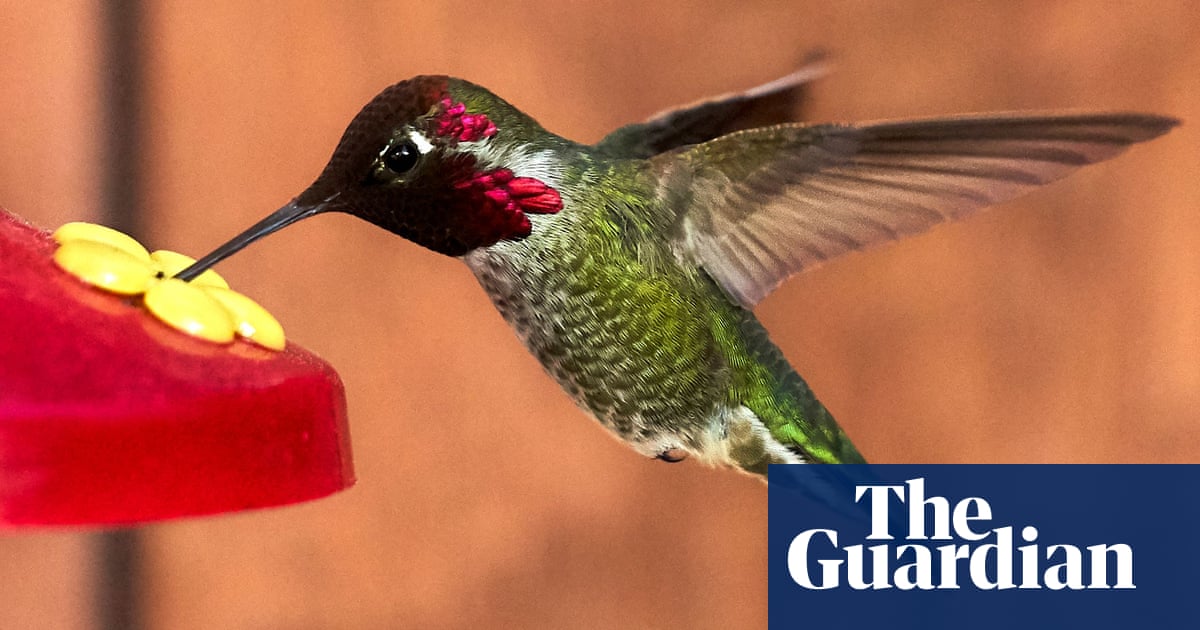
"From a hummingbird's point of view, the feeders are a no-brainer. Imagine you have a bunch of flowers and the shape of the flower is going to constrain how efficiently you can feed from that flower."
"Anna's hummingbirds have expanded north with human settlement, much like the pigeons of the hummingbirds, adapting their bill shapes to new food sources introduced by humans."
A study published in Global Change Biology highlights how human-made hummingbird feeders have influenced the evolutionary traits and distribution of Anna's hummingbirds. Researchers found that the species has adapted its beak shape to better access nectar from these feeders, leading to a notable range expansion from California to British Columbia. This transformation coincided with urban development and the introduction of eucalyptus trees, which provided a nectar source. The study's findings underscore the relationship between human activity and avian evolution.
Read at www.theguardian.com
Unable to calculate read time
Collection
[
|
...
]